Main Content
Blog
Blog Details
The World’s First Prototype of a Floating Green Community
OCEANIX Busan is the world’s first prototype of a resilient and sustainable floating community. It aims to set the model for future innovations to help coastal cities threatened by rising sea levels. Interconnected residential neighborhoods of OCEANIX Busan total 15.5 acres to accommodate a community of 12,000 people.
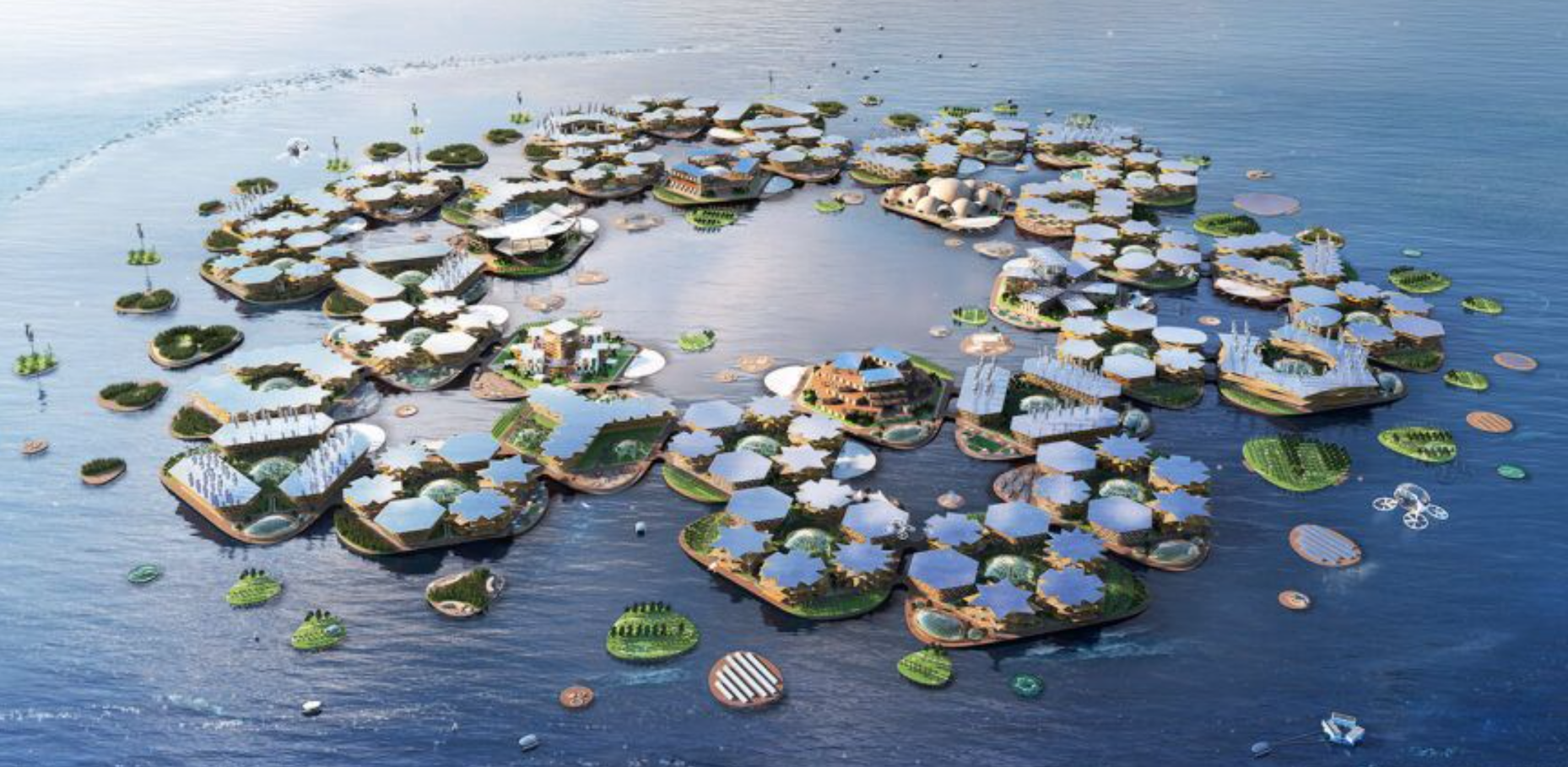
Each neighborhood within the floating community is designed to serve a specific purpose — communal living space, research facilities or lodging. Mixed-use programs in each neighborhood take up about 30,000 to 40,000 square meters of space. Additionally, floating platforms connect to the port with link-span bridges. The OCEANIX city itself is a floating “lagoon” of recreation spaces, art and performance venues. Each platform contains low-profile buildings with outdoor terraces to connect the space externally.
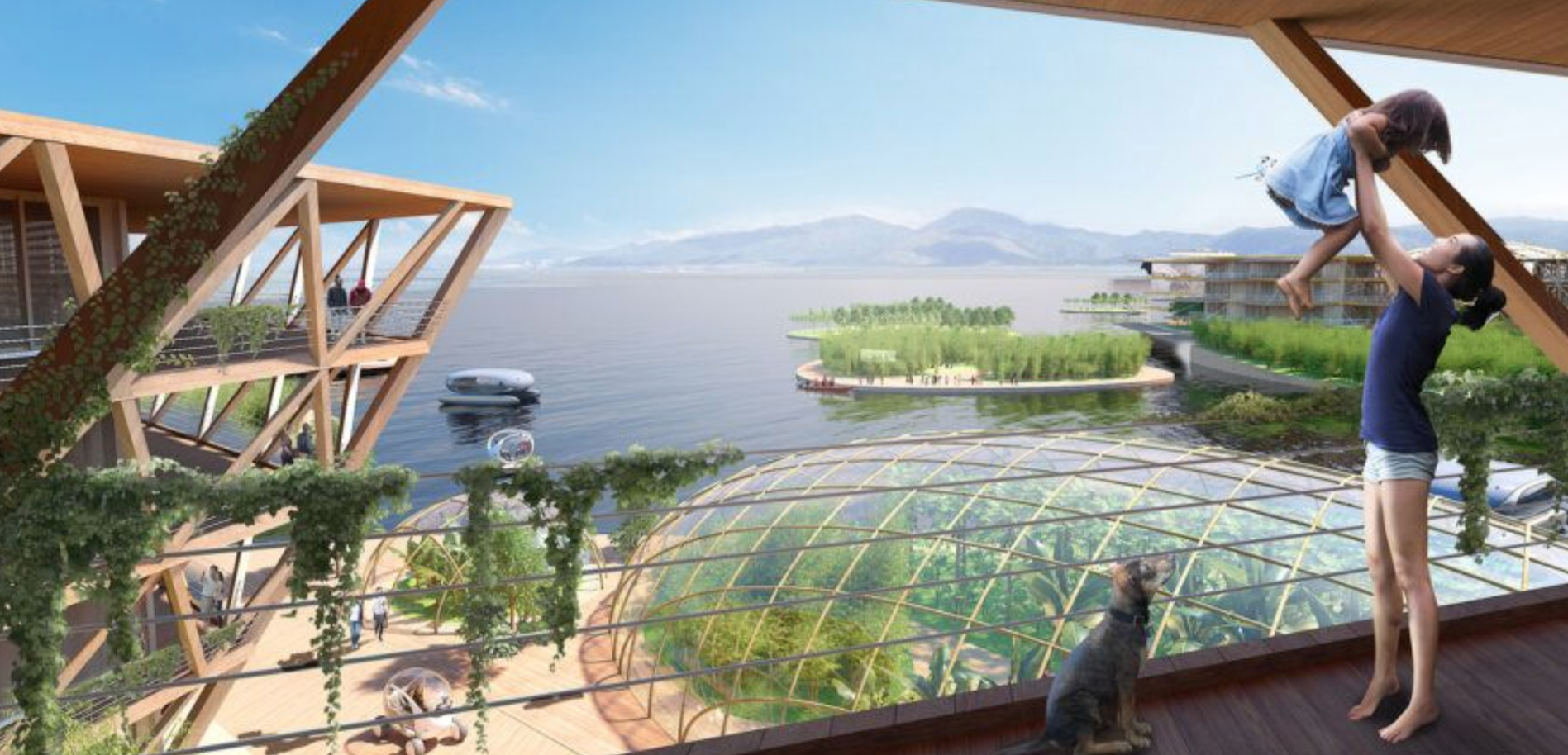
Moreover, OCEANIX Busan will grow from three starter platforms with 12,000 residents and visitors to reach up to 100,000 residents as needed. Photovoltaic solar panels and greenhouses on the platforms can expand and contract as needed as the community grows or shrinks.
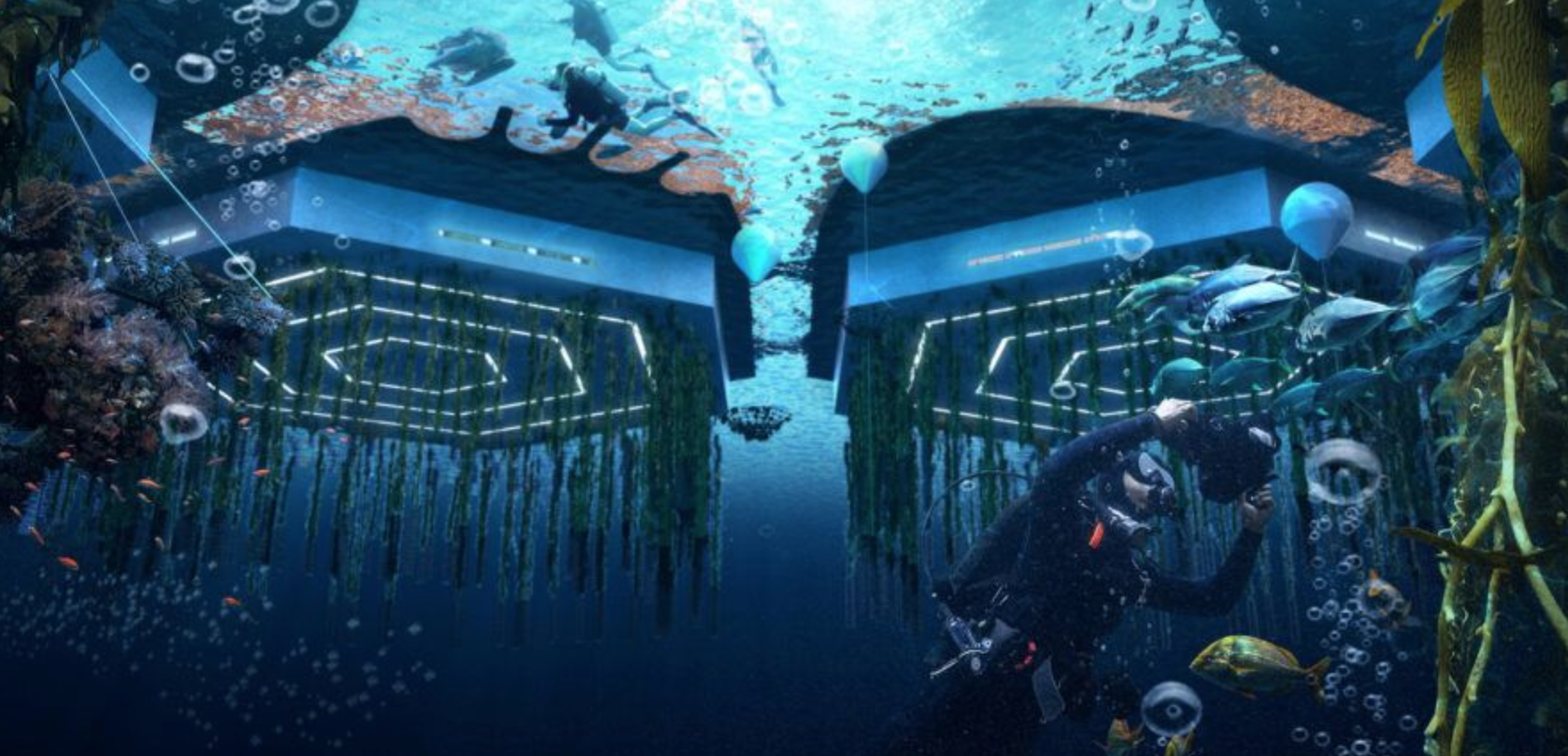
The neighborhood has six systems that generate energy. OCEANIX Busan treats and sources its own water. Furthermore, it recycles and reduces waste through programs to minimize unnecessary material usage. There is also urban agriculture to create vegetable and fruit gardens for residents, encouraging them to eat a plant-based diet.
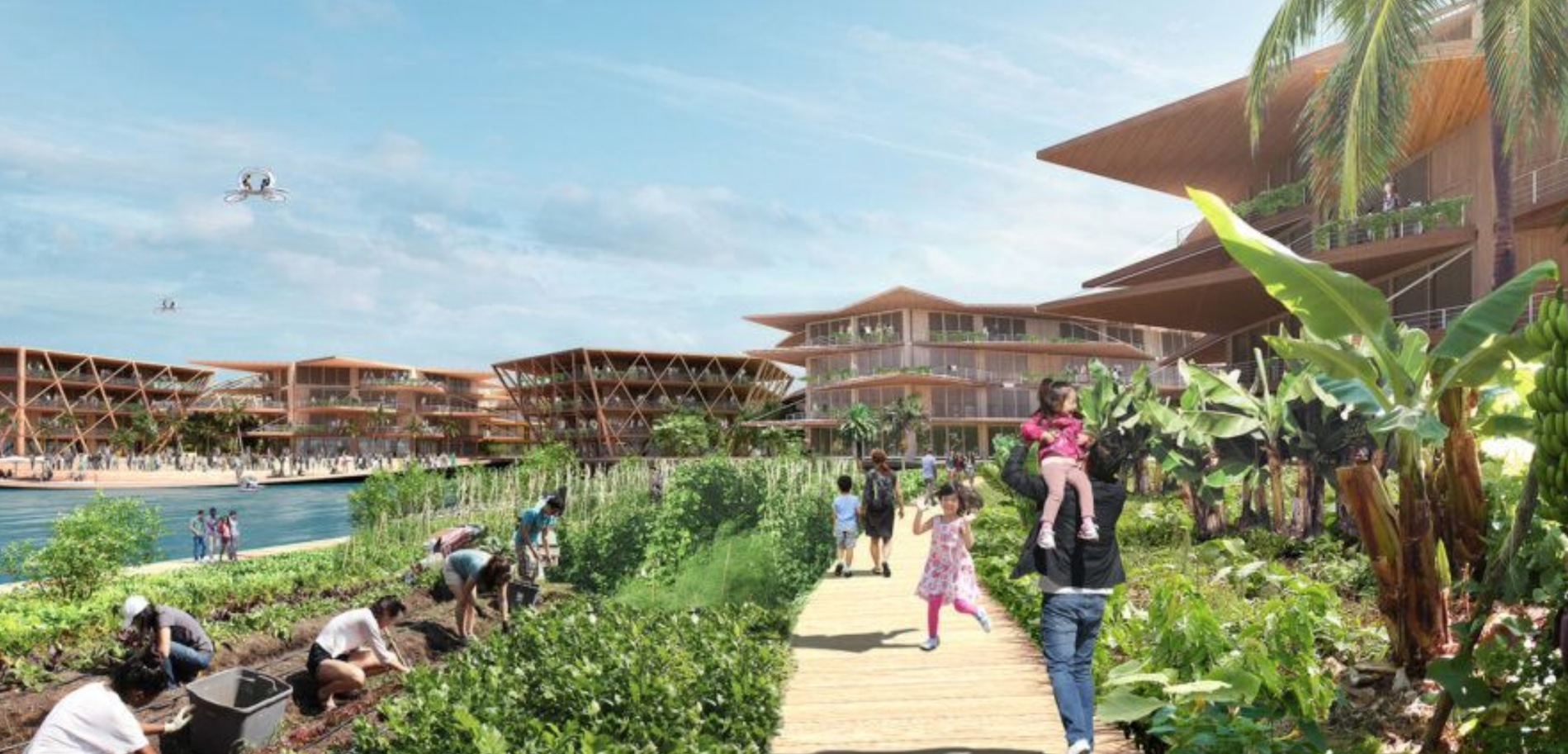
Pedestrian paths accommodate autonomous vehicles via a shared mobility program. As well, the platforms create new habitats for filtering and cleaning polluted port water. Each platform has three “performative petals.” These edges provide access to the water, regenerate local habitat and seating spaces facing the waterfront.
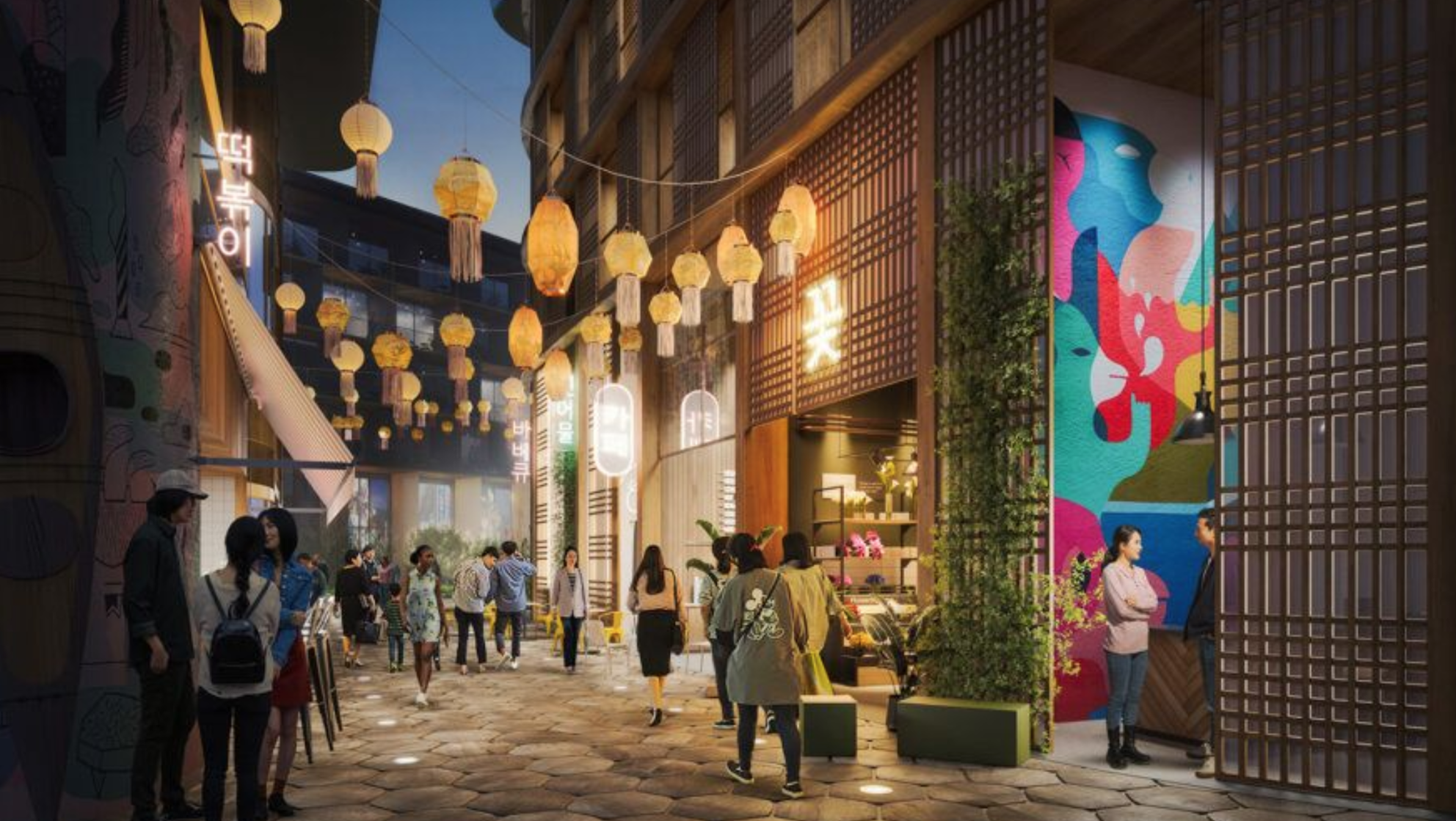
Moreover, the living platform provides diverse and accessible housing options. Alleys are filled with local food vendors, bookshops and crafts. Meanwhile, the research platform is a co-working and maritime research hub. It will provide jobs for people looking for innovative solutions to climate change, including a habitat regeneration center, maker spaces and dorms.
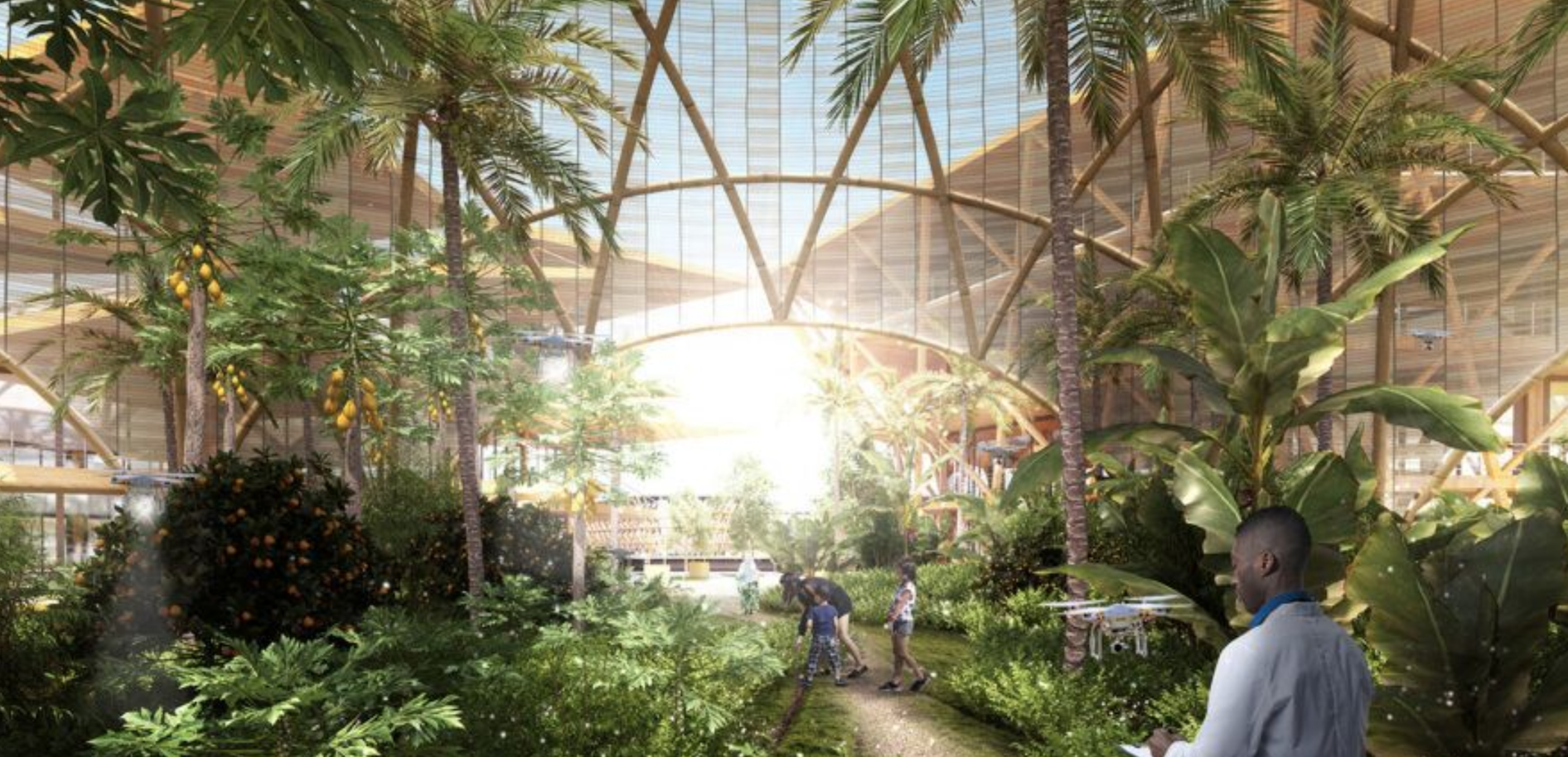
The lodging platform includes harbor-view guest rooms for visitors, organic dining restaurants and greenhouses for residents. Large winter gardens provide temperature-controlled growing conditions to produce more food than otherwise be possible in the locally cold winters. For the warmer months, screened shading and salt-tolerant vegetation offers shade and cooling.
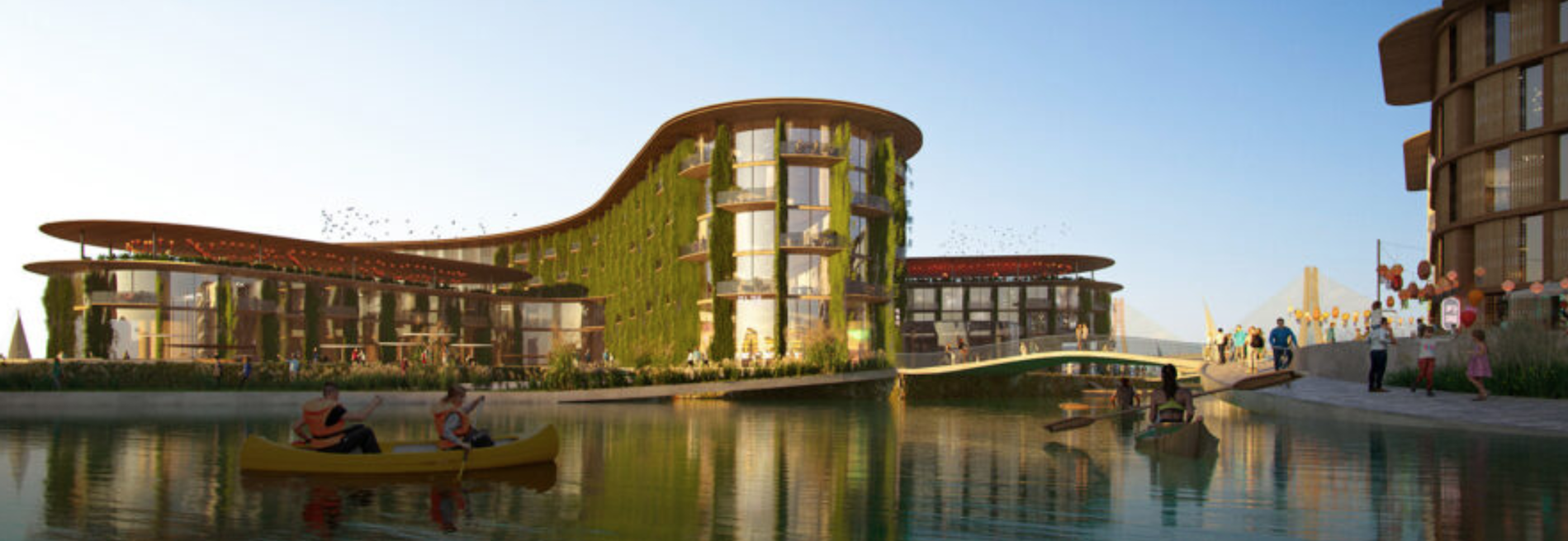
Locally-sourced materials, including wood, create lightweight buildings that will age with a maritime historical character. Passive solar makes the most of natural daylight. The design of OCEANIX Busan was guided by the UN Sustainable Development Goals. They aimed to channel the flows of energy, water, food and waste to create a blueprint for a modular maritime metropolis.
Text by Laura Cowan | Photo by OCEANIX/BIG-Bjarke Ingels Group | Read More Here



Login With
Or Sign Up With Disqus